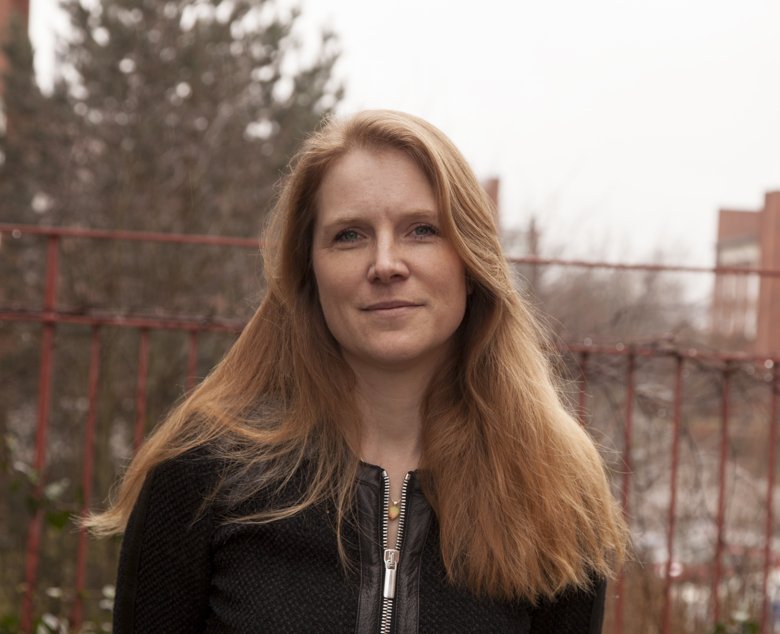Weaker skin barrier leads to faster uptake of chemicals

The ability of our skin to protect us from chemicals is something we inherit. Some people are less well-protected which could imply an increased risk of being afflicted by skin disease or cancer. A new study from Karolinska Institutet that has been published in Environmental Health Perspectives shows how the rate of uptake of common chemicals is faster in people with a genetically weakened skin barrier.
We are continually exposed to chemicals from many different sources, for example, food, hygiene products, cosmetics and textiles. Many people are also exposed to chemicals at their place of work which can constitute a work environment problem.
The protein filaggrin is important for the structure and moisture balance of the skin, properties that affect the skin’s ability to function as a barrier against chemicals. Earlier research has indicated that inherited variations of DNA sequences for filaggrin mean some people have less good “barrier protection” which leads to an increased uptake of chemicals. That could imply a greater risk of being afflicted by cancer or various skin diseases such as contact dermatitis.
Filaggrin protection inherited from parents
This genetic variation is relatively common in northern Europe and occurs in a person when one of the parents has the genetic predisposition in question. About ten percent of Swedes have this variation. Researchers at Karolinska Institutet and Lund University have shown in a new study that this genetic variation leads to a considerably faster uptake of three common chemicals through the skin.
The researchers screened 500 people in Sweden. The results are based on 23 people with the mutation that causes a deficit of filaggrin, and 31 people who do not have it. The participants in the study were exposed to a harmless dose of three chemicals on their skin for four hours. The chemicals used for the study were a pesticide used in Sweden, a UV filter used in sunscreen, and a hydrocarbon found in, for example, smoke from firewood.
Twice as much pesticide
The researchers were able to calculate the speed of uptake and the dose in the body with the help of urine samples taken from the participants during a period of 48 hours.

”We found, for example, twice as high a dose of the pesticide in the people with a mutation compared with those without. The fact that the skin takes up a greater amount of certain chemicals as a result of a genetic variation could mean that people with this mutation get a higher internal dose and, in the long run, could be at greater risk of disease such as cancer or a hormonal disorder,” says Karin Broberg, professor at the Department of Environmental Medicine, Karolinska Institutet, and the study’s last author. She continues:
“For the next step, we are planning to investigate whether the mutation affects the uptake of other chemicals in the skin. We also want to find out whether these mutations lead to disease caused by chemicals in the body and in the skin.”
The research has been funded by Forte, Swedish Environmental Protection Agency, Formas, Karolinska Institutet, Region Skåne and the Faculty of Medicine at Lund University. There are no reported conflicts of interests.
Publication
“Filaggrin polymorphisms and the uptake of chemicals through the skin – a human experimental study”. Emelie Rietz Liljedahl, Gunnar Johanson, Helena Korres de Paula, Moosa Faniband, Eva Assarsson, Margareta Littorin, Malin Engfeldt, Carola Lidén, Anneli Julander, Karin Wahlberg, Christian Lindh, and Karin Broberg. Environmental Health Perspectives, online 13 January 2021, doi:10.1289/EHP7310.
